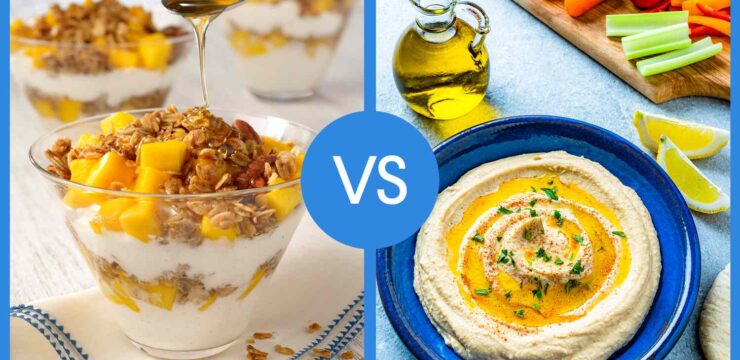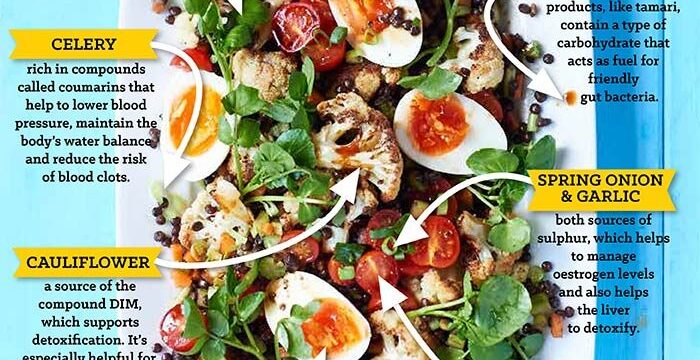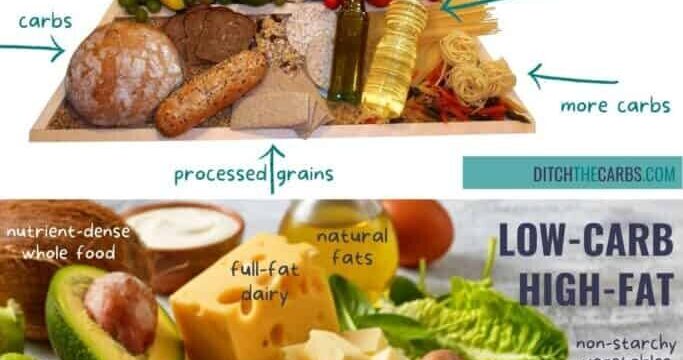When it comes to weight management, diet plays a big role.
Two of the most talked-about approaches are eating more fiber-rich foods and boosting protein intake.
Both can support healthy habits, but they work in different ways.
So, which is better for weight loss? Let’s explore the benefits of each.
The Role of Fiber in Weight Loss
Fiber is a type of carbohydrate that the body doesn’t fully digest. Instead, it helps regulate digestion and supports a feeling of fullness. Benefits of high-fiber foods:
- Keeps you satisfied longer – Fiber slows digestion, which can reduce overeating.
- Supports healthy digestion – A fiber-rich diet helps keep the gut balanced.
- Often lower in calories – Many fiber-rich foods, such as fruits, vegetables, legumes, and whole grains, are naturally nutrient-dense and filling.
Examples of high-fiber foods: oats, beans, lentils, broccoli, apples, and chia seeds.
The Role of Protein in Weight Loss
Protein is a key macronutrient that supports muscle maintenance, metabolism, and satiety. Benefits of high-protein foods:
- Promotes fullness – Protein can reduce hunger, making it easier to manage portions.
- Supports lean muscle – Pairing protein with exercise helps preserve muscle, which is important for long-term weight management.
- Boosts metabolism slightly – The body uses more energy to digest protein compared to carbs or fat.
Examples of high-protein foods: eggs, chicken, fish, tofu, Greek yogurt, and legumes.
Fiber vs. Protein: Which Is Better?
The truth is, there isn’t a single “winner.” Both fiber and protein play unique roles:
- Fiber helps with digestion, fullness, and overall health.
- Protein helps maintain muscle and keeps hunger in check.
For most people, the best approach is not choosing one over the other but balancing both. A meal that combines fiber and protein—like lentils with vegetables, or grilled chicken with a side of quinoa and salad—offers double the benefits.
Practical Tips
- Fill half your plate with vegetables or fruits for fiber.
- Include a protein source in every meal to stay satisfied.
- Choose whole foods over highly processed ones for better nutrition.
- Stay hydrated, as both fiber and protein work best when paired with enough water.
Final Thoughts
When it comes to weight loss, both high-fiber and high-protein foods can be helpful tools. Instead of focusing on just one, aim for a balanced diet that includes a mix of both nutrients. Along with regular physical activity and mindful eating, this approach can support a healthier lifestyle in the long run.






